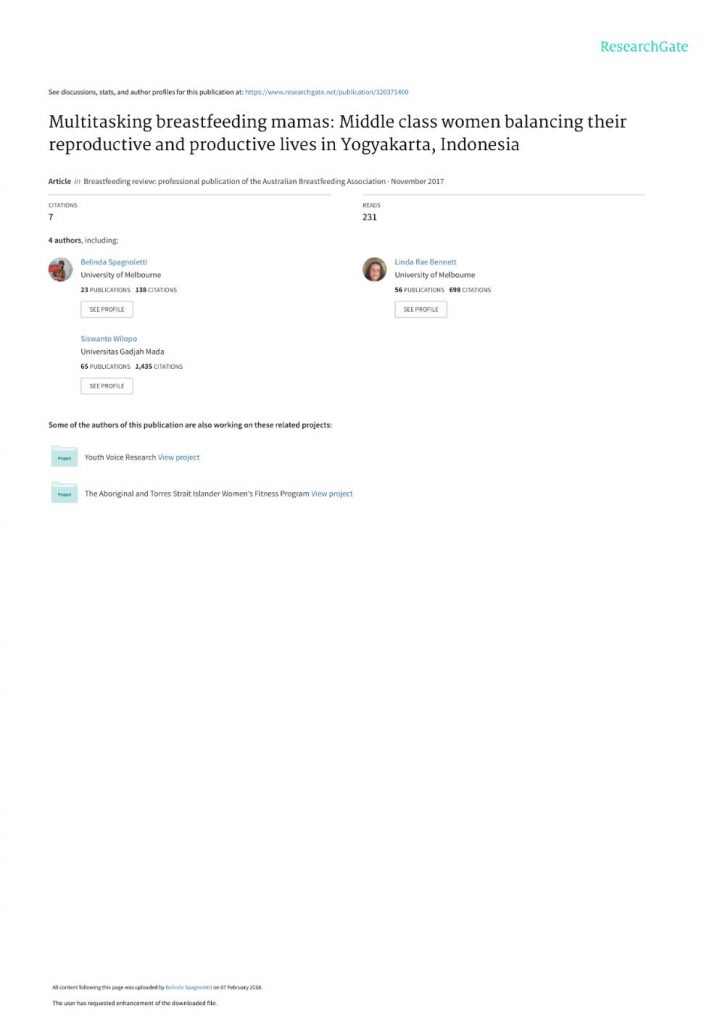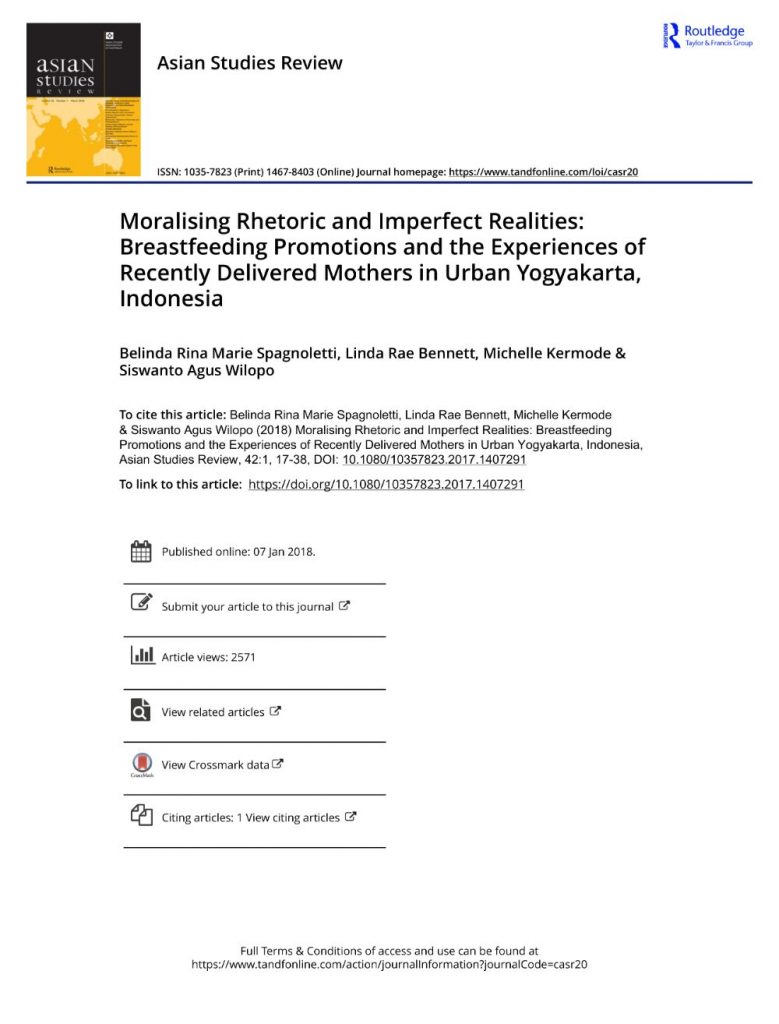Determining the Cause of Death: Mortality Surveillance Using Verbal Autopsy in Indonesia

Abdul Wahab, Ifta Choiriyyah, Siswanto Agus Wilopo
Determining the Cause of Death: Mortality Surveillance Using Verbal Autopsy in Indonesia
- JURNAL
In the absence of a vital registration and health information systems, Indonesia does not have complete, accurate, and continuous data to summarize the mortality statistics of the population, nor determine the exact cause of death. Verbal autopsies performed in a community-based mortality surveillance have been used to provide information on the cause of deaths in such context. However, physician review of verbal autopsy can be expensive, time-consuming, and give inconsistent results, raising concern about its reliability. We used the Purworejo Health and Demographic Surveillance System’s (HDSS) mortality data collected between 2000 and 2002 and assigned causes of death for all age groups using Interpreting Verbal Autopsy-4, analytic software that applies a probabilistic model. A total of 1,999 deaths were identified among 55,581 individuals surveyed in 14,409 households; 830 deaths were able to be recorded using the standardized World Health Organization (WHO) verbal autopsy questionnaire. We calculated the proportion of different causes of death and its incidence rate (IR) ratios with 95% confidence interval (CI) to compare the IR per person-years-observation (PYO). The IR of stroke was 126.7 per 100,000 PYO (95% CI: 109.7, 143.7); acute respiratory infection including pneumonia was 70.8 per 100,000 PYO (95% CI: 58.1, 83.5); and the IR of other and unspecified cardiac diseases was 57.7 per 100,000 PYO (95% CI: 46.2, 69.2). Stroke was indicated as the leading cause of death among elderly people aged 50 years and above. Meanwhile, pneumonia as a communicable disease was found to be the most common cause of death among both 0–14-year-old children and elderly people.
Determining the Cause of Death: Mortality Surveillance Using Verbal Autopsy in Indonesia Read More »










